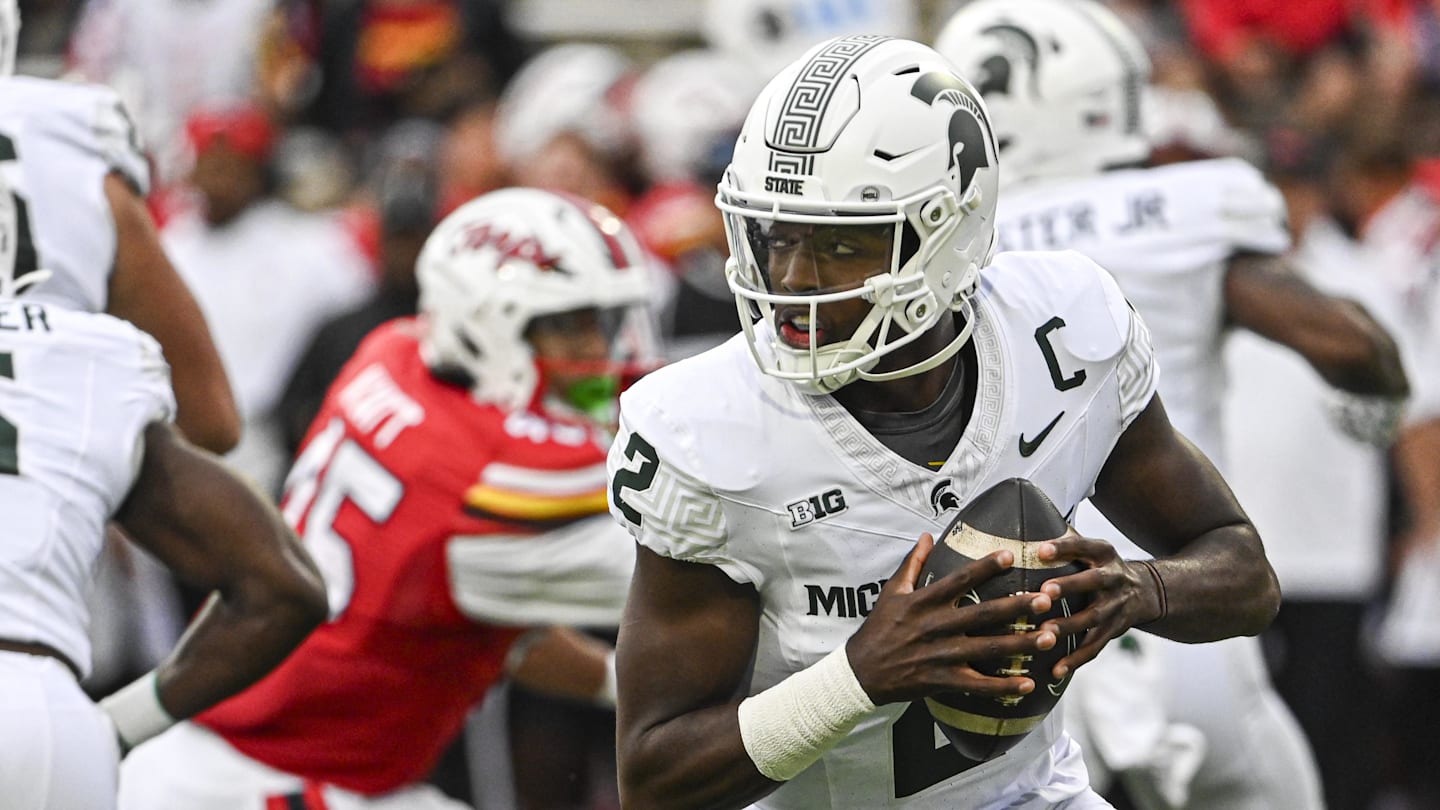It might sport some Terp colors, but a new invasive species that’s just been found on campus isn’t worth cheering for.
The hitchhiking insect, native to Asia, is called the spotted lanternfly. About three-quarters of an inch long, with black and white spotted wings featuring a streak of red, the bug has become a nuisance in 17 states and continues to expand its range. News reports have urged residents to squish the bugs on sight and scrape their egg masses off of trees to stop their spread—but are these measures doing any good?
Entomology Professor and University of Maryland Extension Specialist Paula Shrewsbury has for decades studied insects including the highly destructive emerald ash borer and the brown marmorated stink bug, and she develops integrated pest management programs to control populations.
“When invasive species like these come to our country, they don’t have natural enemies and our plants are defenseless, so they can reach enormous numbers and cause enormous damage,” she said.
She breaks down the problems that spotted lanternflies can cause, what UMD community members should do when they arrive en masse and how they compare to other invasive pests.
What is a spotted lanternfly, and why are they all over the news right now?
They’re a type of sucking insect that feeds on the sap of plants. They were first detected in 2014 in Pennsylvania—probably as egg masses on landscape stones shipped from Asia—and have spread quickly from there. They’re in most counties in Maryland except a few in the western and southern portions.
We just found the first one on campus a few weeks ago. A horticulturist from Facilities Management discovered it at Terrapin Trail Garage. It most likely hitchhiked and got here by car, because we haven’t seen others yet. But inevitably they are coming—we’ll have thousands and thousands in the next few years.
What type of damage can they cause?
They suck so much sap from the plant that they excrete this substance called honeydew. It’s a clear, high-sugar, sticky substance that drips down everywhere. And then on top of that, a black sooty mold eventually grows. This becomes a big nuisance on foliage, patios, cars, lawn furniture and more. The good thing is, they don’t bite or hurt people or animals.
There’s concern that the sooty mold can somewhat reduce photosynthesis for trees, but we don’t have data showing that yet. Spotted lanternflies are also a problem for vineyards, making grapes susceptible to cold damage and dying in the winter.
The biggest problem is the sheer numbers. In areas where they’re common, you can see 200 spotted lanternflies on a tree, easily. Right now, they’re in the adult stage, and they just started laying egg masses. They’ll lay them on tree trunks, fence posts, cars or any flat, smooth surface.
There have been big campaigns to get people to trap and kill them. Should people at UMD be doing that?
You can, but it won’t make much of a dent. Pennsylvania had this big volunteer program in 2017 where they killed over 1.5 million spotted lanternflies by scraping eggs, and another million by banding trees with sticky bands. But even doing that, they’ve spread.
As an extension specialist, I work frequently with landscapers and nurseries. We are not recommending control measures unless (spotted lanternflies) are disruptive to their clients. We’re researching ways to reduce their population in less toxic ways. Spotted lanternflies are particularly attracted to a non-native plant, the tree of heaven, so some areas are removing those. We’re also looking at biopesticides, like insect-killing fungi, to discover how effective they are at killing spotted lanternflies and the best way to apply them.
Compared to other invasive species, how big of a threat are spotted lanternflies?
It’s more of a nuisance than a high risk to our economic system or ecosystem. It’s not killing trees. The emerald ash borer, for example, was much worse because it killed millions and millions of trees, including some on campus. The brown marmorated stink bug damaged many fruit crops.
Over time, our indigenous predators like assassin bugs, praying mantises, spiders or wasps will learn to attack their eggs or immature stages. That’s what happened to the stink bug. Their numbers were really high for several years, but now, they’re much lower, in part because of tiny little parasitic wasps that target its eggs.
We will always have new invasive species. They come in with shipping containers, and things get through the cracks, even with inspections. Once they spread, we have to find ways to manage and control their spread. Put it this way: I have lots of job security!








/cdn.vox-cdn.com/uploads/chorus_asset/file/25610525/Aukey_chargers.jpg)
















:max_bytes(150000):strip_icc():focal(722x354:724x356)/Angelina-jolie-becomes-maria-callas-100923-01-2cce48d3de044c459234fd2c2ef1e0d7.jpg)